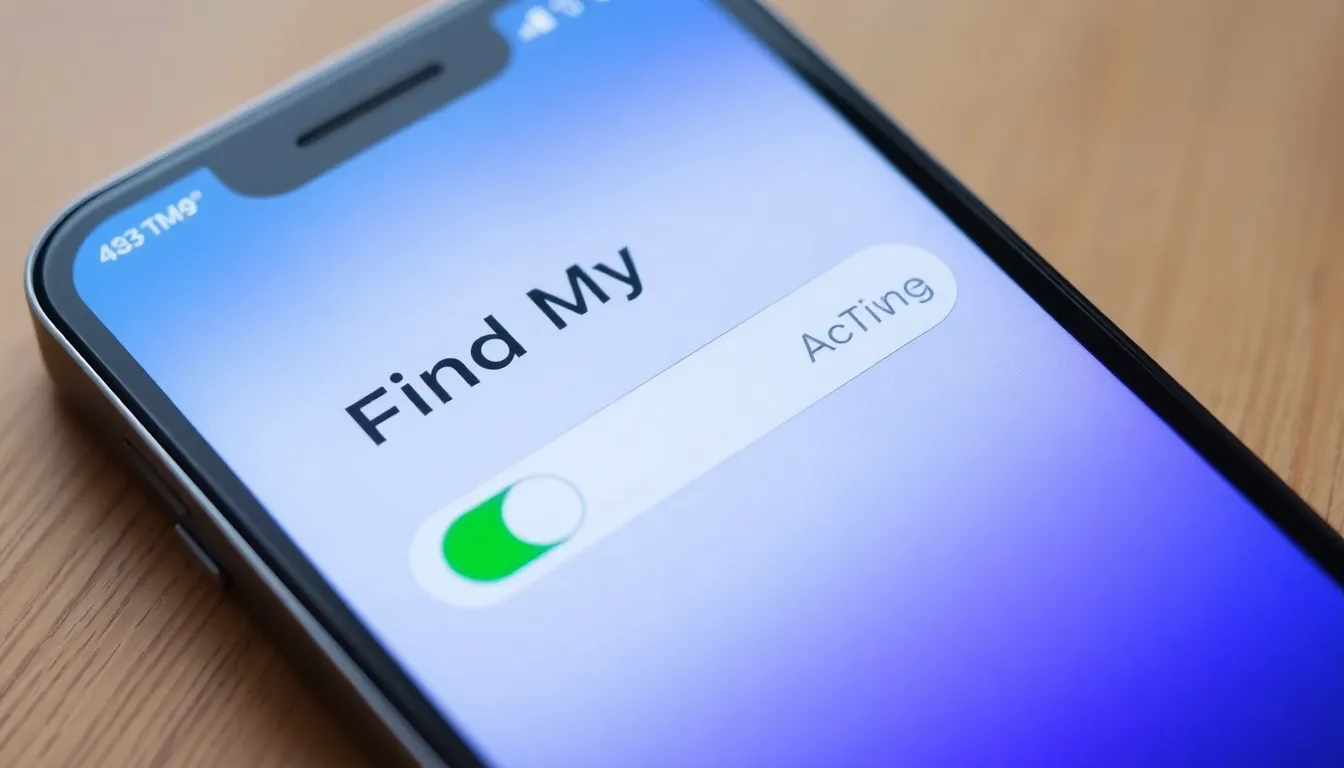If you’ve ever stumbled upon the term “FMI” on your iPhone, you’re not alone. This three-letter acronym might sound like a secret code or the name of a trendy new app, but it’s actually a crucial part of your device’s functionality. Understanding what FMI means can save you from a tech headache and help you navigate your iPhone like a pro.
Imagine trying to fix a problem with your device, only to be left scratching your head over mysterious abbreviations. Fear not! This article will break down FMI in simple terms, making it easier for you to understand its significance. Get ready to unlock the secrets of your iPhone and impress your friends with your newfound knowledge. Who knew tech jargon could be so enlightening?
Table of Contents
ToggleUnderstanding FMI on iPhone
FMI stands for Find My iPhone. This feature is part of Apple’s iCloud services and helps users locate their devices if they go missing. Understanding FMI can enhance user confidence in their device security and tracking capabilities.
Definition of FMI
FMI refers to Find My iPhone, an application that allows users to find, locate, and remotely manage their iPhones. This feature includes tracking the device on a map, allowing users to play a sound on it, and offering options to lock or erase the device remotely. Users access Find My iPhone through the iCloud website or the Find My app available on their devices. Enabling FMI requires the user to sign in to their Apple ID and activate the feature in the settings.
Importance of FMI
FMI plays a crucial role in device security and user peace of mind. By allowing users to track their devices, FMI can assist in recovering lost or stolen phones. It provides multiple options for contacting the device or protecting personal information in case of theft. Users can take preventative measures by activating FMI when setting up their devices. Maintaining control over the device is vital, especially for users with sensitive information.
How to Check FMI Status on iPhone

Checking the FMI status on an iPhone ensures that the Find My iPhone feature is activated, providing users with essential tracking and security capabilities.
Using Settings
Access the Settings app to check the FMI status. Users should tap on their name at the top, then select “iCloud.” Scrolling down reveals the “Find My iPhone” option. If the toggle is green, the feature is active; if it’s gray, the feature is turned off. This straightforward method grants instant insight into the FMI status.
Using Online Tools
Several online tools provide users with the capability to verify FMI status. Websites such as iPhoneIMEI.net require inputting the device’s IMEI or serial number. After submission, the site displays the FMI status, indicating whether the device is marked as lost or an FMI lock is present. Utilizing these tools allows for a quick verification process without requiring direct access to the iPhone.
Common Scenarios Involving FMI
Find My iPhone provides vital support in various situations. Users may frequently encounter scenarios that highlight its importance.
Lost or Stolen iPhones
When an iPhone goes missing, Find My iPhone becomes essential. Users can track the device’s location on a map. The app offers features to play a sound, helping locate the device nearby. If the device is stolen, users can remotely lock it to protect personal data. Erasing the device is another option, wiping all data remotely to prevent unauthorized access. The security of information stored on the phone is crucial, making FMI a reliable ally.
Buying Used iPhones
Consider checking the FMI status before purchasing a used iPhone. Verifying this status helps ensure the device is not blacklisted. Users should request the iPhone’s IMEI or serial number from the seller. Entering this information into online tools can reveal if the FMI feature is activated. Protecting oneself from potential scams becomes possible by confirming the FMI status. Knowledge about whether the previous owner marked the device as lost adds an extra layer of security for buyers.
Troubleshooting FMI Issues
Encountering issues with FMI can hinder device functionality. Knowing how to resolve these issues enhances user experience and security.
Resetting FMI Status
Resetting the FMI status involves turning off the feature before erasing the device. Navigate to Settings, tap on the user’s name, select iCloud, and then disable “Find My iPhone.” This action ensures the device disconnects from Apple ID. After performing these steps, users can restore the device to factory settings. Restoring the iPhone requires accessing the device’s settings or using iTunes or Finder. Completing this process correctly prevents potential activation lock issues. It is essential to follow these steps carefully to maintain data security.
Contacting Apple Support
Contacting Apple Support can provide users with expert assistance for FMI-related issues. Reaching out through the Apple Support app offers immediate guidance. Users can schedule a call or visit the nearest Apple Store for in-person help. Providing the device’s serial number and details about the issue aids in efficient support. Trained representatives can help resolve problems, including accessing accounts with FMI enabled. These professionals ensure that users regain access to their devices without compromising security. Seeking support helps navigate complex issues effectively.
Understanding what FMI means on an iPhone is crucial for users who want to enhance their device security. This feature not only aids in locating lost devices but also provides peace of mind by allowing users to manage their personal information effectively. By activating Find My iPhone during setup and regularly checking its status, users can ensure they’re protected against potential loss or theft.
Being aware of how to utilize FMI and troubleshoot any issues can significantly improve the overall experience with an iPhone. Whether for personal use or when purchasing a used device, knowing the importance of FMI can empower users to make informed decisions and maintain control over their devices.


